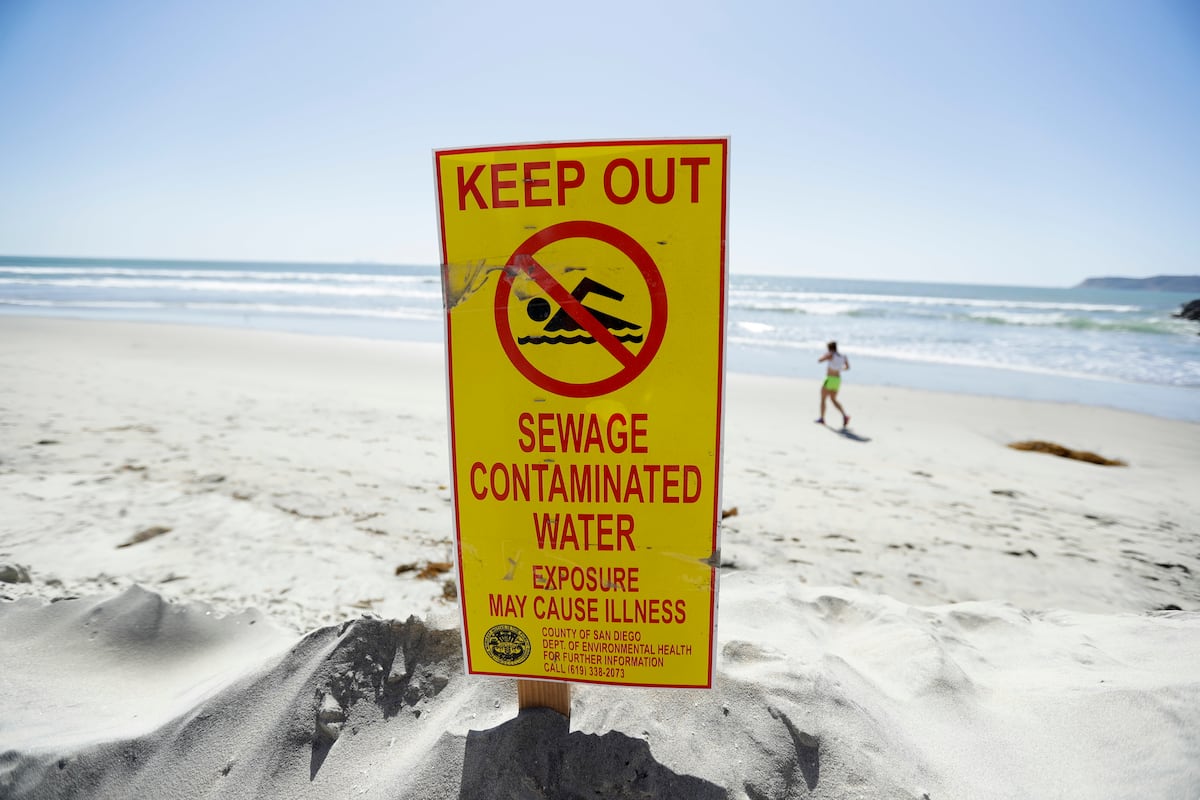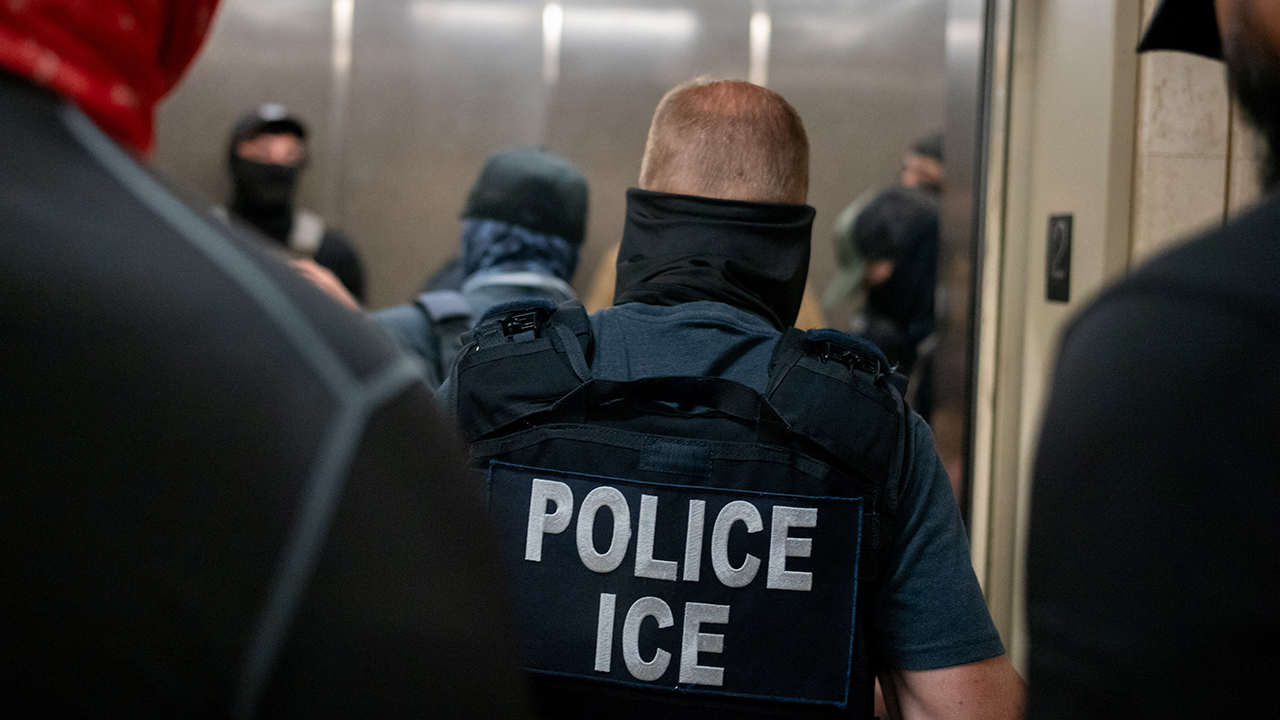CCL Holder Wounded but Fires Back in Early Morning Chicago Ambush

CHICAGO, IL — A man licensed to carry a concealed firearm was shot during an exchange of gunfire after he was approached by two armed individuals in Chicago’s South Loop in the early hours of Saturday, August 9, 2025.
According to police reports, the incident unfolded around 2:30 a.m. on the 1300 block of South Wabash Avenue. The 35-year-old man had just exited his vehicle when another car pulled up nearby. Two males got out and began shooting in his direction.
The man, who holds a valid Illinois concealed carry license, drew his firearm and returned fire. During the confrontation, he sustained a gunshot wound to the shoulder. He was transported to Northwestern Hospital and was reported to be in fair condition.
Authorities confirmed there were no additional injuries. The suspects fled the scene, and no arrests have been made as of this time. The case remains under investigation by Area Three detectives.
This incident is a stark reminder of the dangers presented by transitional spaces—areas such as parking lots, gas stations, and vehicle entry or exit points—where people are often distracted, have limited mobility, and are more vulnerable to criminal activity. Transitional spaces are frequent sites of ambush-style attacks due to their predictable foot traffic and reduced situational awareness.
As the man in this case was exiting his vehicle—a classic transitional space—he was likely focused on his immediate tasks, which may have made it easier for the attackers to catch him off guard. Concealed carriers should train not only for marksmanship but also for awareness in these types of environments. Techniques like scanning surroundings before exiting a vehicle, limiting distractions, and keeping hands free when possible can help mitigate the risk of being targeted.
Regular training, mental preparation, and a commitment to staying alert are essential components of responsible firearm ownership. Being able to respond under pressure, especially in transitional spaces where threats often occur, can make a critical difference in the outcome of a defensive encounter.







